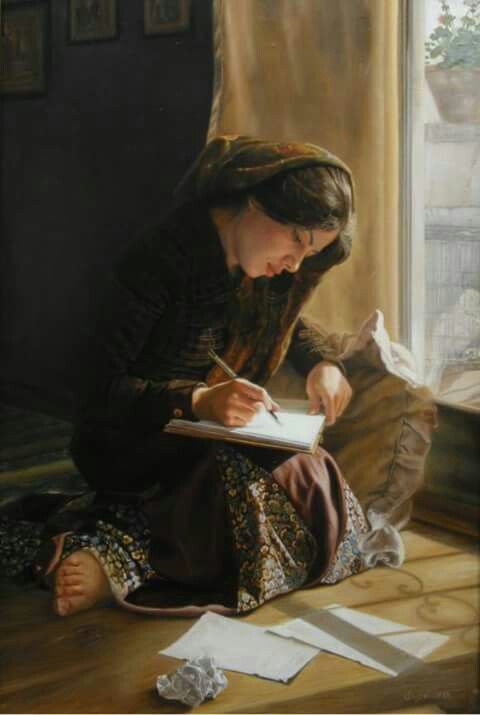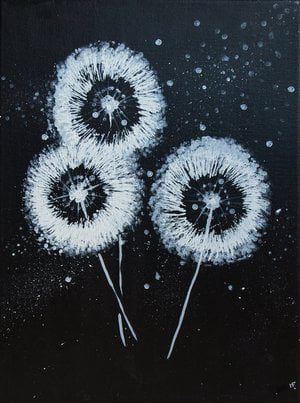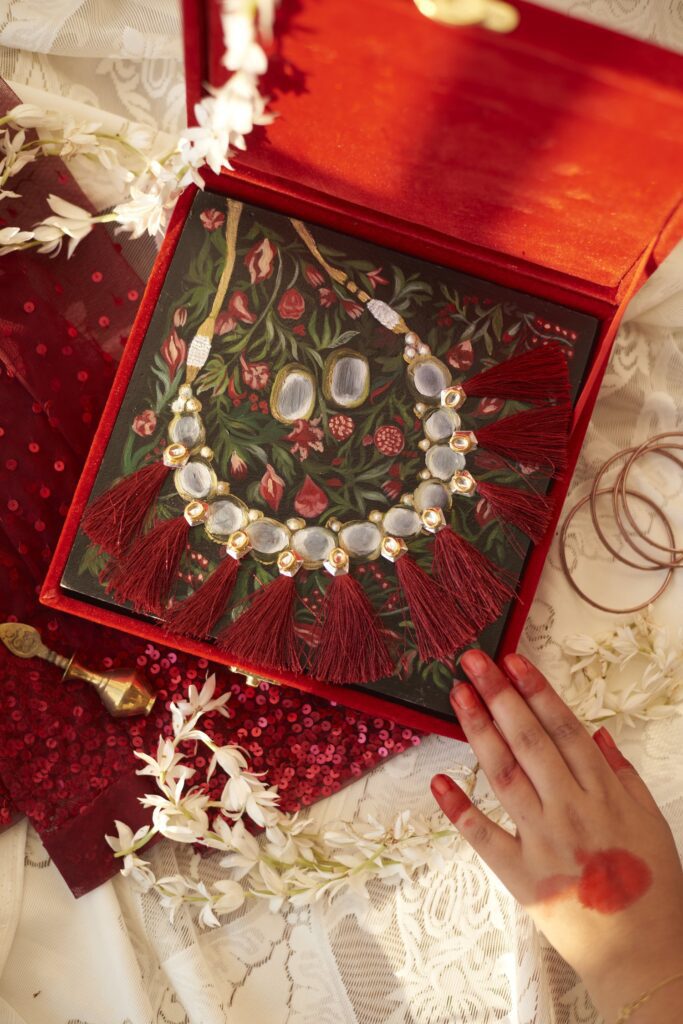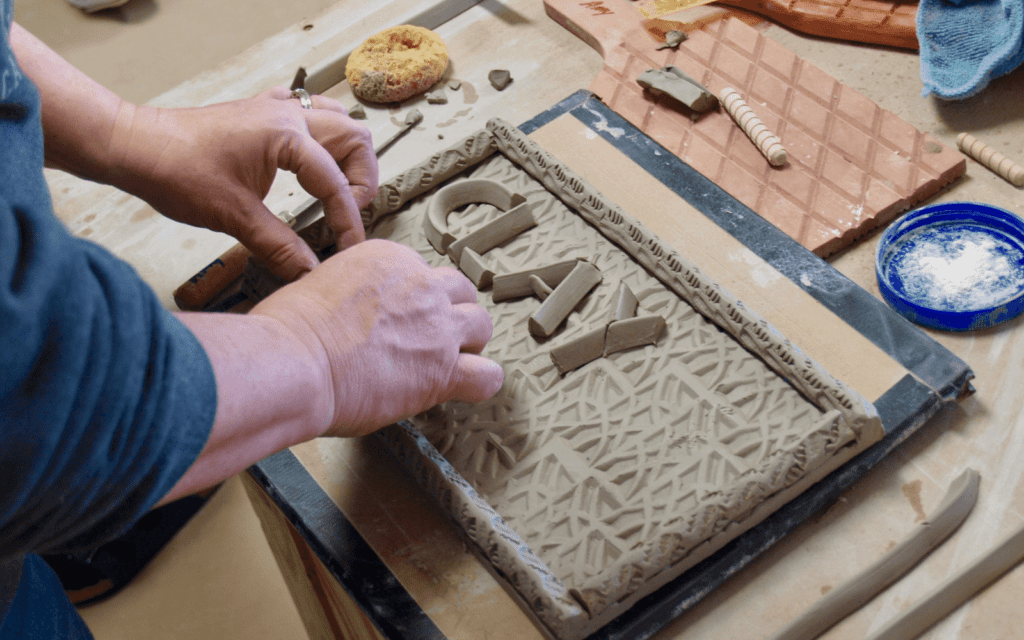
10 Tips On How To Talk About Your Art More Confidently and Persuasively.


How long has it been since you were last prompted to talk about your creative work? Have you always had the right words? Did you have self-assurance, or did you falter and freeze?
Artists may feel resentful if they are asked to “explain” their work in words. After all, you’ve already invested yourself creatively in making it. However, it is necessary for you to allow someone who is unfamiliar with you or your work to enter your inner world with just a few well-chosen words.
Such chances frequently arise out of the blue. For Example, you get to meet someone at a gathering of some kind: an art show, a family get-together, a block party, etc. Sometimes when people learn that you are an artist, they may inquire about your work.
To the extent possible, use these inquiries to your advantage. They are low-stakes opportunities to polish your communication skills and make you comfortable talking about your work in front of an audience, whether that audience is a gallery owner, a client, a customer, or simply a friend or family member.
Therefore, do not fret if you are not confident in talking about your creative work to others; we have you covered. Learn how to exude confidence when talking about your work of art in this article.
In this article, I have shared 10 tips that I have researched that will help you to improve your communication skills so that you feel comfortable and confident discussing your art with others.
Therefore, continue reading in order to learn everything there is to know about it.
Let the others in on a little bit of who you are.
Understanding who you are as a person will help your audience better comprehend your work. Take a minute or two to discuss your background; you don’t have to provide your whole life narrative. Please share a brief description of your artistic journey, including what prompted you to begin creating art and how you started doing so. To further assist your audience in comprehending what makes your work special, you may also like to mention that which distinguishes your style from that of other artists.
Tip:
If you want more clarity about how to introduce yourself and about elevator pitch for artists, you should listen to our podcast episode with Marina Granger, The Founder of The Artist Advisory here, and it will give you a much better idea about it.
Make mention of your inspirations and the people that influenced you.
Your inspiration might come from everything that moves you, from physical items to other creative people. Think back to your initial thoughts or emotions as you started writing. Explain how it resonated with you and what it means to you in as much detail as possible. The next step is to discuss the works of other artists and pieces of art that you admire and how they affected your own work.
Tip:
To have something to build upon later, it can be helpful to free-write about your feelings and sources of inspiration in advance.

Share some insight into the creative process that you use.
When making creative decisions, every artist relies on their own personal philosophy. Describe and display the preparatory art studies you conducted, whether they were photographic, in the form of sketches or mood boards, or otherwise. You can also explain your rationale for working in a particular media. Be specific about the methods you employed and how they helped you convey the feeling you were aiming for.
Tips:
You should avoid using technical terms that your audience won’t be familiar with. It may be necessary to rephrase it for non-artists, who may not be familiar with the terminology used to describe specific processes.
Identify significant aspects of your artwork.
Some specifics are crucial to the complete understanding of your work. Think about what inspired you to create this essay and highlight those aspects to your audience. It could be anything from color schemes to specific methods and themes. Explain in as few words as possible why these decisions are so crucial to your work.
Tips:
If you wanted to give your work an uneasy feeling the longer you looked at it, you could say something like, “The diagonal lines running throughout the piece were vital to giving my work that feeling.”
I used light colors on dark paper to give the impression that the figure was running away from the shadows is another possibility.
Remember that your audience can probably picture what you’re discussing if you stick to describing the content rather than how it looks. Instead, explain your reasoning for using those particular visual elements.

Point out the most essential fact to be taken from a particular piece of art.
You may be aware of the significance of the piece, but the audience may be completely unaware of it. Make sure your audience understands the overarching message you want them to take away from your work. Share your message with them, even if it may be uncomfortable for them to hear. In doing so, you add value to the work, and your audience is capable of comprehending it on a higher level.
Tips:
Make an effort to think positively rather than negatively. You could say something like, “I see a world where people recognize the need for conservation, and my art reflects the implications if we don’t convey that information,” instead of, “My artwork is about environmental collapse.”
If you want to market your work, focus on topics that will interest your target readers. Self-representation, aesthetics, the natural world, feelings, and even conflict are all topics that artists have explored.
Always highlight a recurring theme.
When presenting a collection, be sure to highlight its commonalities. See if you can identify any overarching themes or concepts that connect the items in the collection and explain your reasoning for including them. It could be a recurring subject matter, a set of recurring mark-making strategies, or recurring spatial formations. The audience will better grasp how the various parts are meant to complement and build upon one another if you call attention to these recurring patterns and discuss them.
Tip:
For example, you may use the same cross-hatching shading method throughout your work or repeatedly incorporate the same style shapes.

Be Honest
Not knowing the motivations behind your creative choices is perfectly acceptable. Choosing a hue or making a particular mark in an artistic work is not necessarily something you can explain. Avoid the temptation to make up an explanation on the fly by saying instead that you were just going with your gut. If your art is not genuine, it may not resonate as strongly with your audience.
Tip:
Don’t use flowery language or exaggerate your accomplishments; doing so can make you sound fake.
Use language that is appropriate for your audience.
You will have to adapt your conversational style for both creative types and the rest of the population. When describing your artwork to new individuals, it’s essential to consider their level of art knowledge. Figure out how to explain the most significant components of your art to a friend who is an artist, a friend who is not an artist, a curator, a neighbor, and a grandmother. It’s best to find a more straightforward approach to saying things when communicating with individuals who wouldn’t grasp the jargon.
Tip:
As an alternative to “I employed chiaroscuro shading,” you could add something like, “I countered deep blacks with contrasting bright lights to emphasize the figure.”
Prepare for potential audience inquiries.
The people who are viewing your work probably have some queries about it. Think about the aspects of your artwork—subject matter, technique, etc.—that you think viewers will be most interested in. Take some time to anticipate your audience’s inquiries and formulate some answers. If possible, try to get to the heart of the matter in under 30 seconds to avoid elaborating for too long.
Tips:
You may still be taken off guard, but if this happens, just take a moment to think about an answer or admit that you don’t know.
When giving an artist talk at the opening of a gallery or show, it is best to answer no more than five or six questions. Talking to individuals later on, is always an option.
Try to make a connection between your art & audience.
If you try too hard to get people to purchase your art, you risk alienating them. People won’t buy your art unless they feel an emotional connection to it, so don’t try to sell it just because you want the money. Share some insightful comments on your artwork and explain why you invested so much time and effort into creating it. The spectator will be able to comprehend why your artwork is valuable in this manner, and as a result, they may be more inclined to purchase the piece.

So this was all from my side for this week, and I will see you next week with some more valuable and helpful articles. Till then, have a happy weekend, and keep creating the magic that you do. Good Bye.

















Comments 13